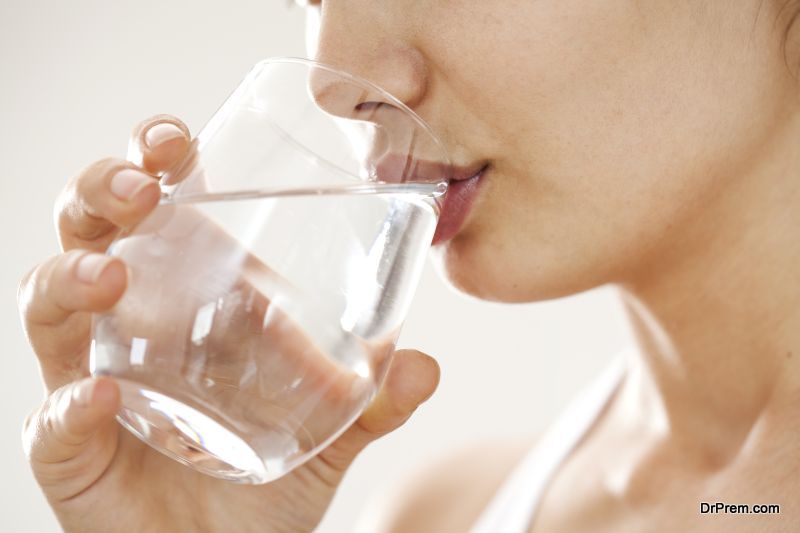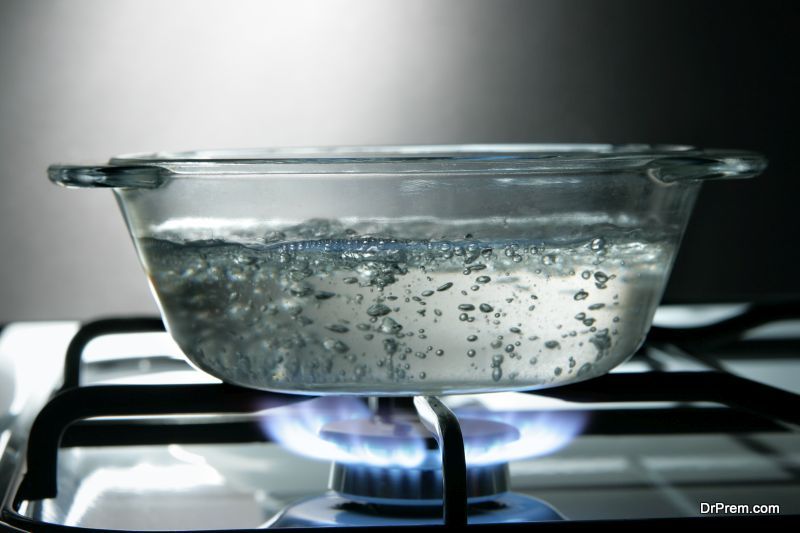After the drinking water disaster in Flint Michigan, people have become much more aware of the potential contamination of their water. Knowing about the risks is one thing, but you should also know what to do if you think you have chemical toxins in your water. Do you have to install a water filter cooler, or are there other things you can do?
Boil Your Water
This is the first thing people think of, and a practice that will not help your contaminated water at all. Boiling water (no matter for how long) will not remove any toxins or chemicals and will not make your water safe. It only kills off organic microbes, which can be a separate problem altogether. Never rely on boiling water when dealing with chemical contamination.
Use a Filter
You need to use a proper filter to clean up the water, and you will need to make the right choice or it isn’t going to be sufficient to do the job.
First of all, we should start with the usual carbon filter jugs that you just fill up and keep in the fridge. While these will definitely neutralize the chlorine in the water, they don’t really remove all that much else. Small filter cartridges that use a porous material to truly filter out particles are great for sediment or large bacteria but will not help very much for chemicals.
To start getting rid of chemical toxins, you need a more sophisticated approach. Reverse osmosis is the usual next step once you get past the smaller household cartridge filters. This is an excellent method for cleaning up contaminated water, and it will remove a large number of toxins such as lead, sodium, chloride and several common heavy metals.
And though not usually considered a way to clean water, a water softening system can be helpful in removing a wide range of dissolved minerals and metals in the water.
Lastly, the best way to remove most chemical contaminants is distillation. Unfortunately, that’s not really a process that people can take on at home. It involves boiling water to create steam, and then re-condensing that steam back into liquid water. If your water is so contaminated that this is your only option, it would be better to switch to bottled water instead.
Another quick warning about a system that is not suitable for chemical contamination: UV light filtration. Like with the boiling technique, this kills living things only and won’t do anything for chemical content.
How to Know
Unless you’ve gotten a warning from the local government, how are you supposed to know your water has a problem? Changes in color, smell or taste can be a good first clue but that is not a sure-fire method of detecting a problem. Having your water professionally tested periodically is a smart investment to keep an eye on the water quality at home.
Hopefully, your home drinking water is clean enough that you don’t have to take extraordinary steps to stay safe. If not, be sure to use the right tools or techniques to do the job right.
Article Submitted By Community Writer






